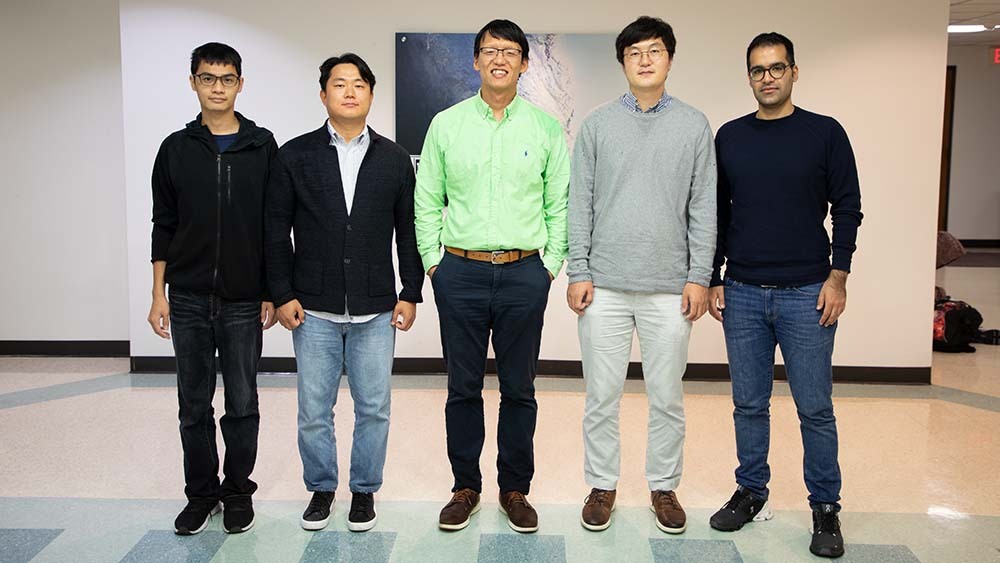
As part of the energy transition, the energy industry is looking toward the oceans for reliable, sustainable and renewable energy sources. Researchers and engineers aim to create technology that can supply cost-competitive ocean renewable power to support coastal communities, which comprise half of the U.S. population.
Dr. HeonYong Kang, assistant professor in the Department of Ocean Engineering at Texas A&M University, is stepping up to this challenge with two separate projects focusing on wave energy converters: one for small-scale and the other for utility-scale applications.
Progress with federal support
Kang’s first project initially came from the U.S. Department of Energy’s (DOE) Wave Energy Prize Competition in 2015.
The competition showed that a few conceptual floating wave energy converters are promising, but their designs tend to result in expensive or uncompetitive capital expenditure (CapEx) and operational expenditure (OpEx).
To achieve competitive levelized cost of energy (LCOE) below 40 cents per kilowatt-hour, Kang’s DOE-funded project involves a team of multidisciplinary researchers seeking to actualize their patented Surface Riding Wave Energy Converter (SR-WEC) as a cost-competitive solution for small- to intermediate-scale power supplies. SR-WECs feature a unique adaptive resonance for varying random waves, which produce high-capture width ratios, and a modular lightweight system that has the generator sealed. These properties substantially reduce CapEx, OpEx, and consequently the competitive LCOE.

Since this project was initially introduced to the department, Kang’s team has developed two optimum prototype designs of SR-WEC: a small-scale SR-WEC for self-recharging autonomous underwater vehicles and an intermediate-scale SR-WEC for kilowatt-scale power supplies for Powering the Blue Economy applications. Now, they are working on crafting scaled prototypes. The prototypes will first be tested in a dry testbed and then in the 2D wave-current-wind basin in College Station.
“Although we have been facing numerous challenges throughout this pioneering research, we get more excited and motivated as we discover new knowledge and recognize we are helping the energy transition,” said Kang.
Partnering with industry to commercialize ocean wave energy
Kang is also working with Global Perpetual Energy (GPE), a Texas renewable energy company, to create a utility-scale wave energy converter that will be able to produce megawatt-scale power. Evolving from GPE’s patented ocean renewable energy platform, Kang is developing an optimum wave energy converter system that effectively extracts energy from elastic deformation resonance with waves over a large area. The system design was inspired by the fact that the wave energy spans the entire length of the wave — measuring tens to hundreds of meters. The goal of this GPE-sponsored project is to test a prototype offshore in Galveston.
“What we are trying to do is find a solution, both effective and cost-competitive,” he said. “By combining both, we can reach a competitive LCOE so that the public can access wave energy that is renewable, clean, close to half of the U.S. population, and consistently available throughout the day and night and in mild to severe sea states.”
